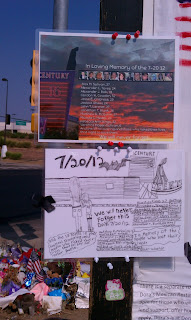 |
| Around 1875, machines became streamlined and electrically powdered machines were introduced by Singer in 1889. |
 |
| And then came the toy machines to encourage little girls to learn to sew. These machines were salesmen samples. |
 |
| Around 1875, machines became streamlined and electrically powdered machines were introduced by Singer in 1889. |
 |
| And then came the toy machines to encourage little girls to learn to sew. These machines were salesmen samples. |
 |
| Take a stroll up the walkway to the front door. |
 | |
|
 |
| Can you see the movement of the tree according to her draft? And her color choice is right on! |
 |
| Sharon pulled out this rep weave table mat--great color combinations. |
 |
| This off loom tapestry is proof that Sharon has mastered the craft. |
 |
| A lovely towel! |
 |
| And one in plain weave--the tracking adds texture to the overall effect. |
 |
| This scarf is the beginning of crepe wear. Once the scarf is tightly bound and washed, the creases should remain in to give an interesting look. If you are in Northern California during September, look Sharon up as she will be participating in the 24th Annual Napa Valley Open Studios with 72 artists and 48 locations. Napa Valley Open Studios will be held September 17-18 and September 24-25 11 AM to 5 PM. Tour information at Napa Valley Open Studios . Also find info on Facebook. It was great fun to see an 'old' friend again. |
 |
| It is a small way for us to grieve--a tribute. Signs, banners, candles, stuffed animals, flags, crosses, even lighters to keep the candles glowing. |
 |
| Before we arrived, we never thought there would be such a sight--the display is spread over a large section of the hill side. |
 |
| Groups of candles in various locations around the hillside. |
 |
| Posters signed by many. |
 |
| Even the trees pay homage with trinkets and wind chimes that ring out a sad song as the breeze blows. |
 |
| Many still come to pay tribute. |
 |
| The crosses bear photos of the deceased. |
 |
| To some, this might look like a pile of trash--with dying flowers, overturned stuffed animals, but this is straight from the hearts of many. |
 |
| The city of Aurora will keep the memorial there for awhile--as long as those who are grieving still come. |
 |
| The sign gives names of those who perished that fateful night along with a small poster from someone else hand that declares "We will never forget"! |
Every spinner has their supply of favorite equipment! As a spinner, we keep our craft going just with the purchases of handy dandy “stuff”...
